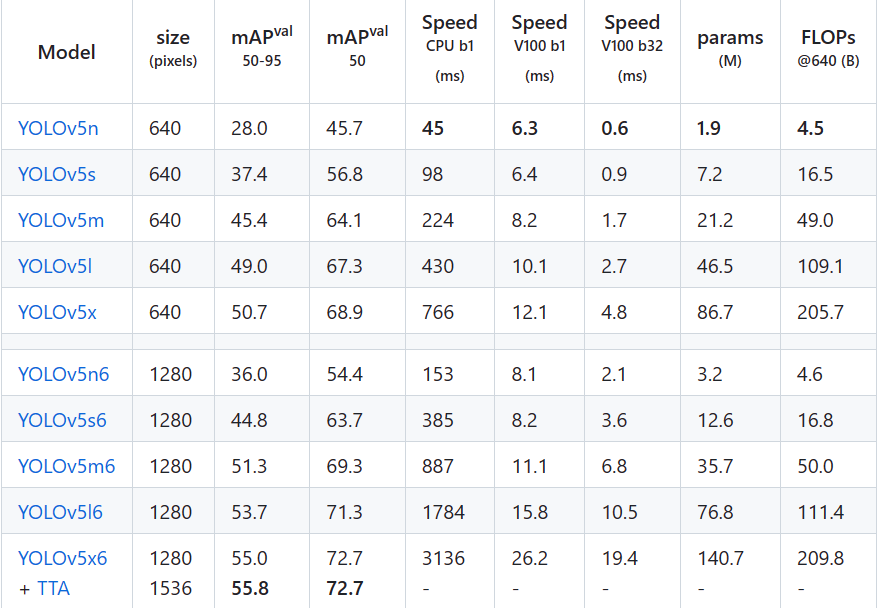1
2
3
4
5
6
7
8
9
10
11
12
13
14
15
16
17
18
19
20
21
22
23
24
25
26
27
28
29
30
31
32
33
34
35
36
37
38
39
| @torch.no_grad()
def out_img(img0, model, device, half, stride, names, imgsz):
img = letterbox(img0, imgsz, stride=stride, auto=True)[0]
img = img.transpose((2, 0, 1))[::-1]
img = np.ascontiguousarray(img)
model(torch.zeros(1, 3, *imgsz).to(device).type_as(next(model.parameters())))
img = torch.from_numpy(img).to(device)
img = img.half() if half else img.float()
img = img / 255.0
if len(img.shape) == 3:
img = img[None]
pred = model(img, augment=False, visualize=False)[0]
pred = non_max_suppression(pred, CONF_THRES, IOU_THRES, None, False, max_det=1000)
det = pred[0]
im0 = img0.copy()
gn = torch.tensor(im0.shape)[[1, 0, 1, 0]]
annotator = Annotator(im0, line_width=LINE_THICKNESS, example=str(names))
xywh_list = []
if len(det):
det[:, :4] = scale_coords(img.shape[2:], det[:, :4], im0.shape).round()
for *xyxy, conf, cls in reversed(det):
c = int(cls)
xywh = (xyxy2xywh(torch.tensor(xyxy).view(1, 4)) / gn).view(-1).tolist()
xywh_list.append(xywh)
label = None if HIDE_LABELS else (names[c] if HIDE_CONF else f'{names[c]} {conf:.2f}')
annotator.box_label(xyxy, label, color=colors(c, True))
im0 = annotator.result()
return im0, xywh_list
|
